The interaction between humans and their animals has been an important part of people’s lives since the beginning of time. We instinctively know that our pets are good for us without needing the evidence that numerous current scientific studies are now investigating.
Animals were to a large extent banned from health care facilities after the discovery of microorganisms as the cause of infectious diseases. Gradually, however, Animal Assisted Therapy (AAT) and pet visitation are making their way into hospitals, and long-term health care facilities are making room for companion pets. Whether you support or are unsure of the idea that animals have a role in healthcare settings, consider the following points.
1. For many people, pets are their most significant others
Think of the bond between a child and their pet as they play and relax together and when children cuddle and confide in their dog when they are upset or lonely. Or the person who lives alone who has a stronger daily bond with their dog, cat or bird than to their family and friends.
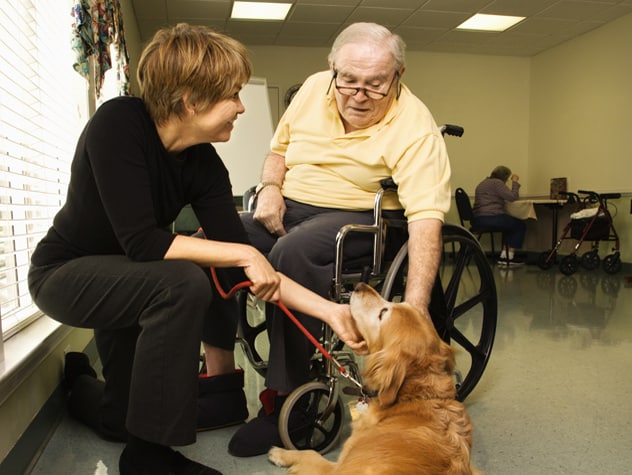
To the elderly living on their own, a pet is their companion and its need for care can be their main reason for living. The animal’s unconditional love and acceptance enhance feelings of self-worth and boost self-esteem. Furthermore, walking a dog can help to maintain fitness among the elderly. One study found that elderly people who lived alone with a companion animal had 19% fewer encounters with the health care system.
2. Interaction with animals has a calming effect
As early as the 18th century William Tuke, a Quaker philanthropist who ran an asylum for people with severe mental disorders, shared that his patients gained health benefits from being around animals. Florence Nightingale, in her Notes on Nursing (1880), wrote that people confined to the same room because of medical problems gained pleasure from the presence of a bird.
“A small pet animal is often an excellent companion for the sick, for long chronic cases especially. A pet bird in a cage is sometimes the only pleasure of an invalid confined for years to the same room.”
-Florence Nightingale
Animals are making their way back into health care settings mostly because of recognition that they reduce stress and contribute to psychological well-being. Various studies have shown that interaction with animals, stroking and talking to them, lower blood pressure and/or heart rate. Recent research into human-animal interaction is increasingly demonstrating that there is a reduction in cortisol (stress hormone) as well as a rise in oxytocin (the feel-good, love and attachment hormone) when there is a positive interaction with companion animals.
“I know what a difference it made for me before my last surgery when one was brought to my bedside,” wrote Barbary Jacoby about a visit from an AAT dog. “The energy in the room changed completely and I know that I not only felt a sense of peace that I had not known before any of the other previous surgeries but also it made a difference for every other person in the room at that time.”
AAT or a visit from a patient’s own pet distract their thoughts from their illness and the unfamiliar surroundings of the hospital, as well as during uncomfortable or painful procedures. Studies have also found that, after interaction with therapy animals, children reported less fear, a greater level of joy and optimism and being able to look forward to the next visit gave them a future orientation.
3. Interaction with animals can reduce pain
Pain relief through the use of AAT has been demonstrated in various studies. A study in 2009 reported that children who were visited by a therapy dog reported four times less pain than those who relaxed for 15 minutes.
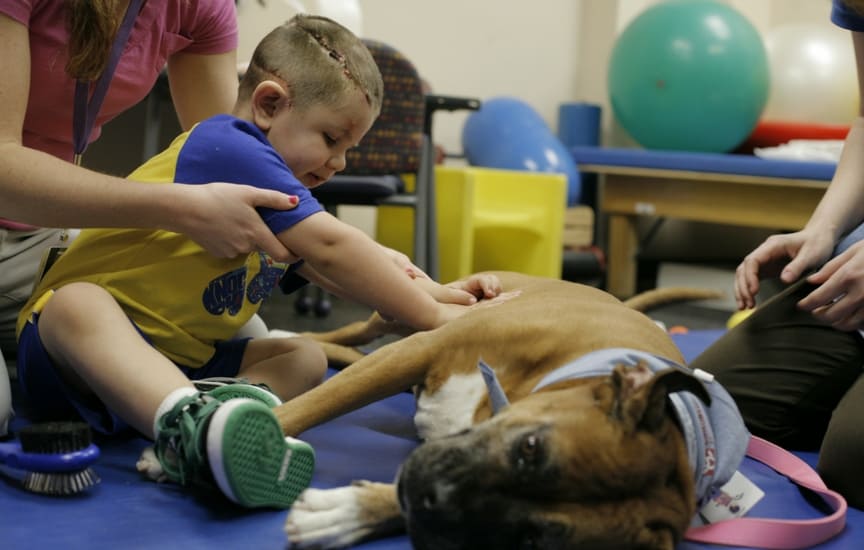
In another study in 2014, it was found that adults who had at least one AAT visit after total joint replacement surgery used less pain medication after surgery. Patients with a total joint replacement who had a 15 minute AAT visit before physical therapy also reported substantially less pain than those in the control group who received standard care.
4. There are three types of animal interactions in healthcare settings
Animal Assisted Therapy (AAT)
In AAT, trained and certified handlers and animals, particularly dogs, provide planned, goal-directed interventions to improve patient outcomes. As some people may not want to interact with dogs the clients are usually asked beforehand whether they would like to participate in AAT.
Pet visitation
This involves a visit by the patient’s own companion pet and, while this may contribute greatly to the patient’s well-being, the interaction is not structured and does not have a specific therapeutic goal.
Hospitals should have specific procedures for pet visitation which can be communicated with the patient’s relatives. This would include policy regarding permissions, a possible designated area, instructions regarding a veterinary check, provision of a vaccination certificate, grooming of the pet before a visit, how the pet is controlled within the healthcare facility on a leash or in a carrier, and the right of the staff to cut short the visit if, for example, the animal becomes overly anxious or aggressive.
Pets in long-term facilities
Dogs, cats, and other animals are often kept at long-term facilities such as care homes as well as psychiatric and rehabilitation facilities to fulfill the same role as pets in family homes.
Animals in these facilities should have suitable temperaments to avoid injury to residents and should be looked after according to standard best practice for pet-care. This would include correct feeding, regular grooming, vaccinations, deworming and treatment for fleas as needed and veterinary care if ill. More than the usual attention should be given to hygiene related to living and feeding areas, feeding utensils and cleaning of the areas that they use for urinating and bowel movements. Animals should not be allowed in treatment rooms, food storage and preparation areas, as well as dining rooms.
5. Infection risk from animals is very low
The main reason for resistance against animals in of healthcare facilities is the perceived risk of infections. In the past, hospitals were seen as surgically clean, almost sterile environments. Today we know that hospitals harbor as many micro-organisms as any other environment, and are even the main source of many resistant organisms that are uncommon in other settings.
A number of scientific investigations, some over a long time period, have not found any evidence of an increased risk of infection from AAT. A literature review of animal-transmitted infections even concluded that immune-compromised people are not at any greater risk of infections from interacting with animals than with other people.
Any possible risk can be further minimized by basic precautionary measures such as hand-washing before and after interacting with animals and using a disposable protective cover if the animal is allowed on the patient’s bed. Obviously, animals should not come into contact with areas where invasive devices are inserted, wounds or surgical incisions, and medical equipment. Certain areas of the hospital should be off-limits to animals including ICU’s, neonatal units, isolation areas, treatment rooms, kitchens, and pharmacies.
6. There are published guidelines for animals in health care
The Society for Health Care Epidemiology of America published the guidelines “Animals in Healthcare Facilities” in 2015. The organization emphasizes that these are recommendations only, based on expert opinion because there are as yet no recognized standards, laws or robust scientific evidence to support the practice.
What do you think?
Do you agree that AAT and pets can contribute meaningfully to the well-being of our patients in many different ways? There do not appear to be any major reasons for not using animals as additional therapy in health care practice if it will benefit the patient physically or psychologically.
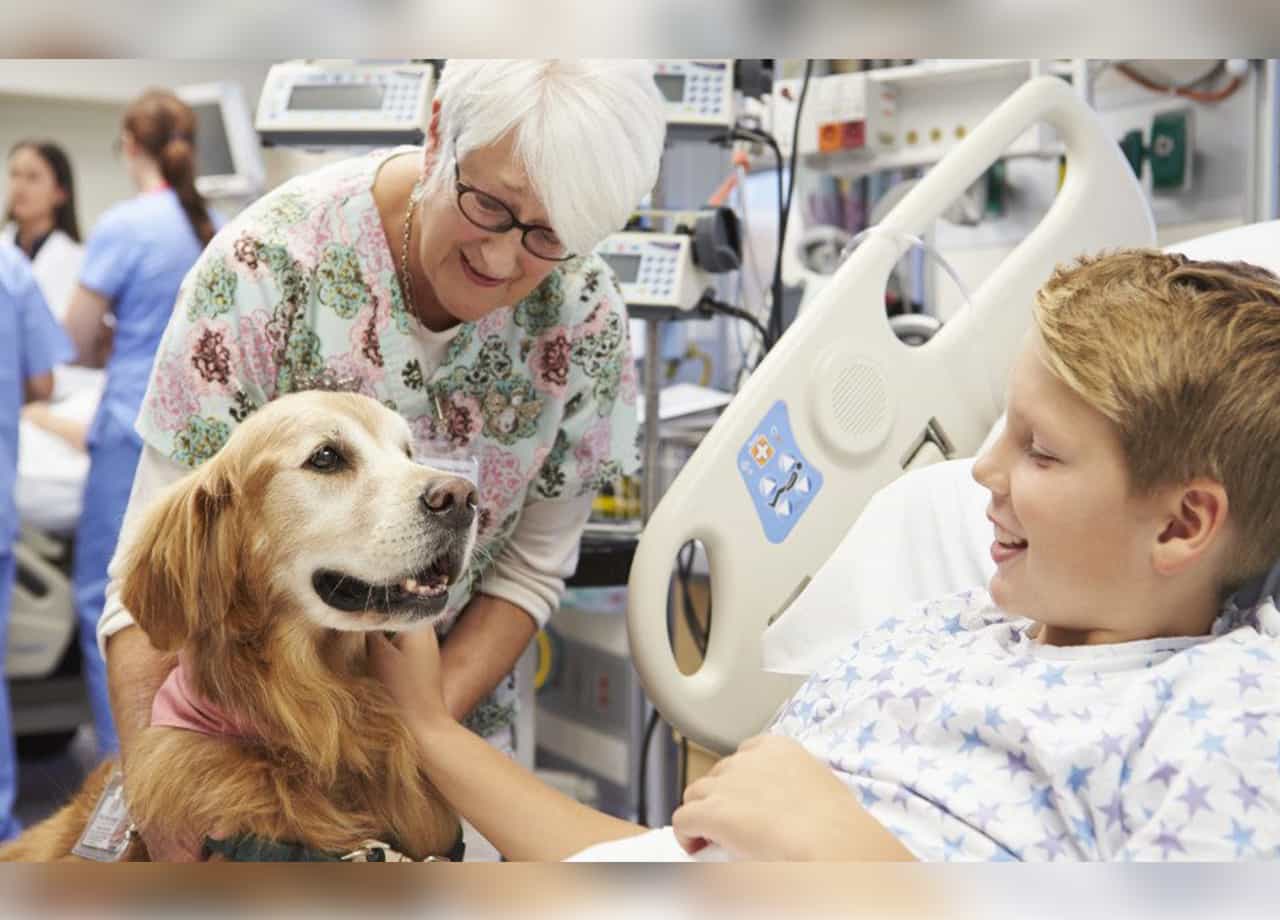
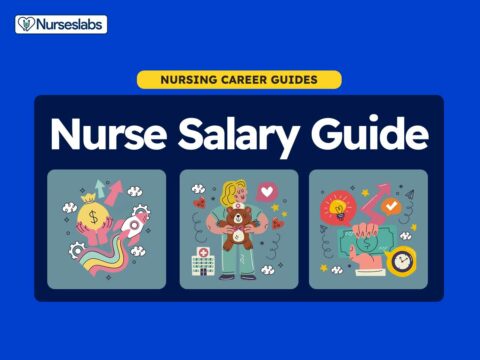
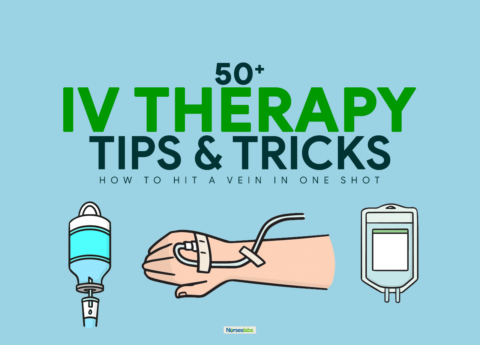

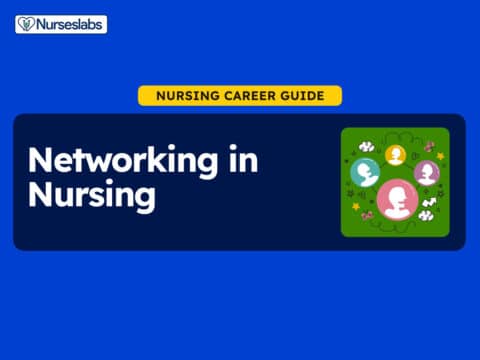




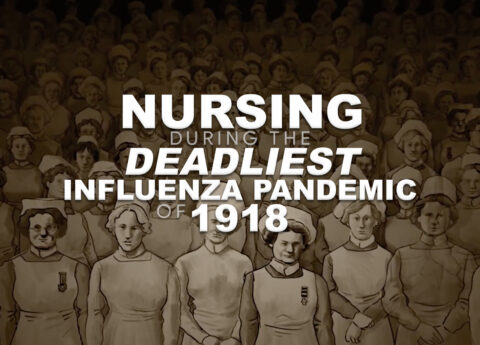



























Leave a Comment